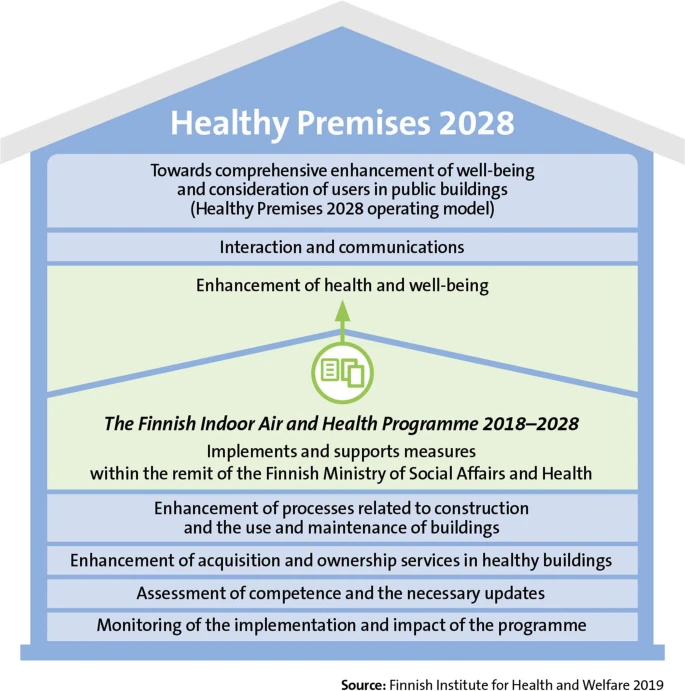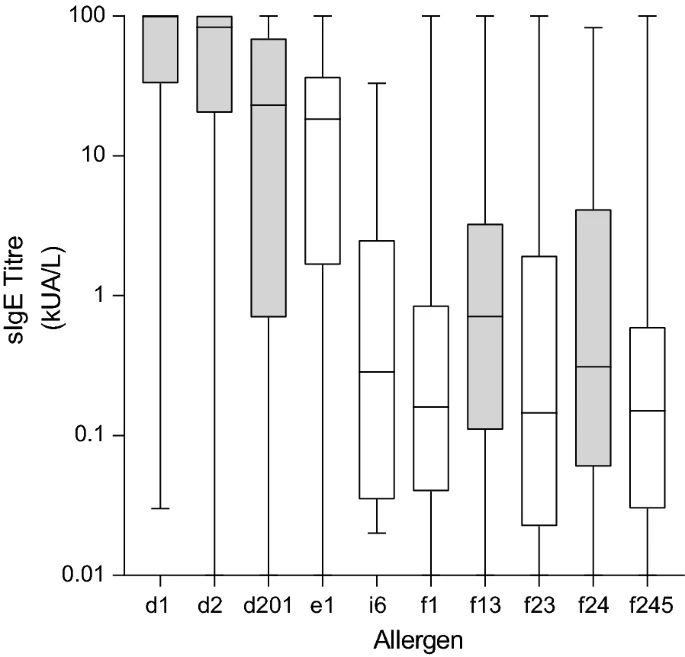- Research
- Open Access
Abstract
Clean and fresh indoor air supports health and well-being. However, indoor air can contain pollutants that can cause a variety of symptoms and reduce well-being. Individual exposure agents can also increase the risk of certain diseases. Finns have taken major steps to improve the quality of indoor air for several decades. The primary focus of these activities has been the prevention and reduction of exposure to poor indoor air quality through guidance and regulation directing remediation of damaged buildings. Nevertheless, reported symptoms related to poor indoor air quality are common in Finland.



 Article Info
Article Info





